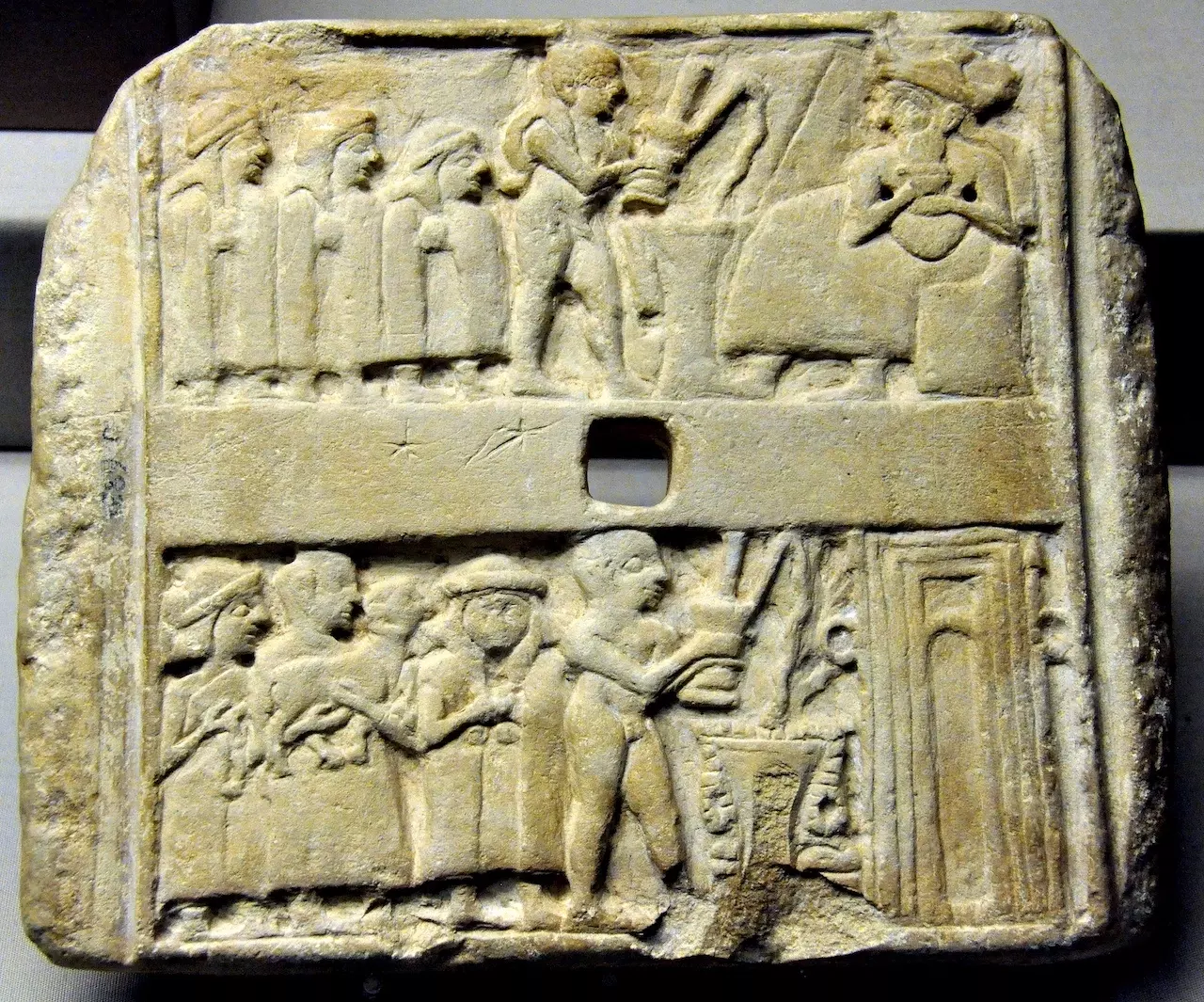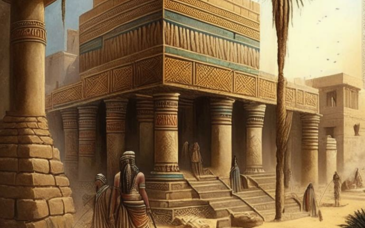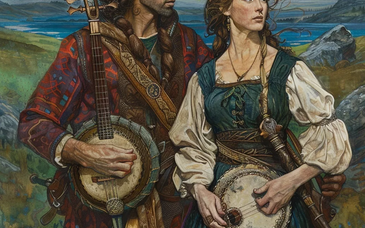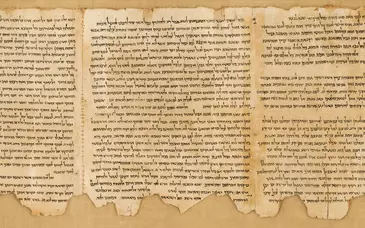Adab - One of the earliest Sumerian cities.
Adad - The mesopotamian Weather God. He was the son of Anu and was derived from an earlier Sumerian God, Iskur.
Agade - Mesopotamian City. It was the seat of government for Sargon the Great.
Akkad - The northern part of Mesopotamia. Sumer was the southern part.
Anunit - Mesopotamian mother or creator goddess derived from the earlier Sumerian Ki. She was Anu's consort. Also known as Antu.
Anu - Babylonian creator God; consort of Antu or Anunit.
Anunnaki - The seven judges of the Underworld. Also the children of the god of heaven. They began as fertility dieties.
Apsu - God of underground waters derived from the Sumerian Abzu. Apsu is killed by Enki causing the cosmic confrontation between Marduk and Tiamat.
Ashur - The Assyrian national god.
E-babbar - (House of the Judge of the World). Temple of the Sun God Shamash.
Babylon - Mesopotamian City. It was located in Akkad.
Bel - A title meaning Lord. The Babylonian God Marduk was refered to as Bel.
Belit - Generic title of Goddess. Marduk's consort was often called Beltiya. May also refer to an Underworld or Mother Goddess, Belet-Seri or Belet-Ili.
Borsippa - Mesopotamian city located near Babylon.
Cuthah - Possibly a city (Kutha).
Dagon - Babylonian grain and fertility God.
Damgalnuna - Mother Goddess. She was first the consort of Enlil but latter was associated with Ea and was Marduk's mother.
Dilbat - A city in Babylonia.
Dumash - Babylonian shepherd and vegetation God. Also the God of the Underworld.
Dur-ilu - ?
Ea - God of water and of Wisdom. Ea was Marduk's father.
E-barra - Temple of the Sun.
E-gal-mach - Temple.
E-kur - Heaven.
E-mach - (Great Gate). Temple.
E-me-te-ursag - The temple of the War God, Zamama.
E-mish-mish - Temple.
Eridu - One of the most sacred cities of Mesopotamia. It was the resedence of the God Enki.
E-sagil - The "Temple that raises its head". The temple of Marduk in Babaylon.
E-shidlam - Temple.
E-ud-gal-gal - Temple.
E-zida - The temple of Nebo in Borsippa.
Girsu - A suburb of Lagash.
Gish-shir-gal - Main temple of the Moon God Nana in Ur.
Hallab - ?
Harsag-kalama - Temple. Possibly located in Ur (Ekhursag).
Isin - Mesopotamian city state located in Sumer.
Igigi - A group of Skygods. Often mentioned in conjunction with the Anunnaki.
Ishtar - Mesopotamian goddess of fertility and war. Variously the daughter of Sin or of Anu.
Karkar - ?
Kesh - Mesopotamian City.
Kish - Mesopotamian City ten miles east of Babylon.
Lagash - Mespotamian City.
Larsa - Mesopotamian City.
Malka - ?
Malkat - ?
Ma-ma - Mesopotamian Mother Goddess. She was involved in creating mankind from clay and blood.
Marduk - The chief diety of Babylon. Marduk replaced An or Anu as the main creator God.
Mashkanshabri - ?
Mera - ?
Nana - Babylonian Moon God.
Nebo - Mesopotamian God of Wisdom and Writing.
Nergal - Underworld God. The God of War and Sudden Death. He was the son of Enlil and Ninlil.
Ninazu - Babylonian God of Healing.
Nineveh - Assyrian Capital City.
Ningirsu - Tutelary god.
Nin-Karak - Possible minor mother goddess.
Ninni - Goddess of fertilty and war.
Nintu - Babylonian mother Goddess.
Nippur - Mesopotamian city.
Saggil - Variant spelling of the temple of Marduk in Babylon.
Shamash - Babylonian Sungod. He is associated with justice. He bore the titles: "Judge of the Heavens and the Earth"; Lord of Judgement".
Shidlam - ?
Sin - Babylonian Moon God.
Sin-muballit - Hammurabi's father and King of Babylon.
Sippara - Mesopotamian City.
Sumer - Ancient name of for the southern part of Mesopotamia. Akkad was the northern part.
Sumula-il - ?.
Tutul - Tutelary god of Borsippa a city near Babylon.
Ud-kib-nun-na - Indicating a historically strong relationship between the city and the river.
Ur - Mesopotamian city.
Urash - Possibly an Earth Goddess.
Uruk - Mesopotamian City.
Zamama - Possibly the God of War and Tutelary God of the city of Kish.
Zarpanit - Marduk's consort and Goddess of Birth.




